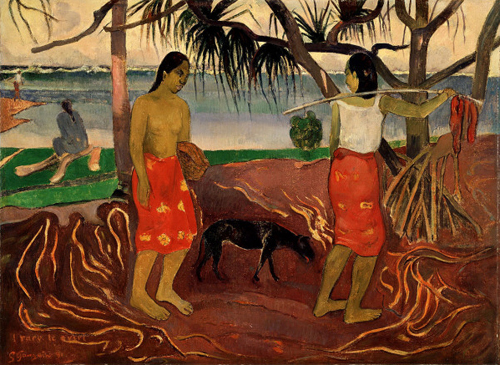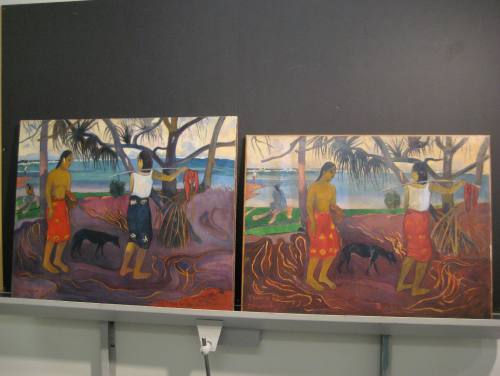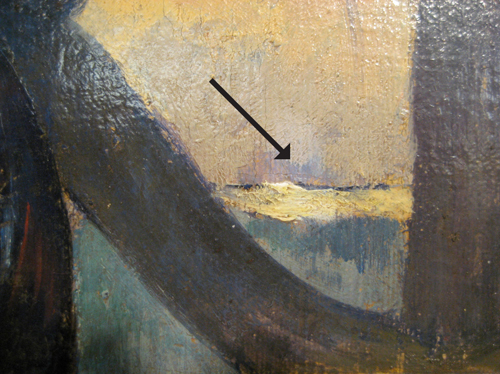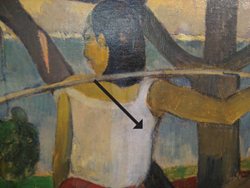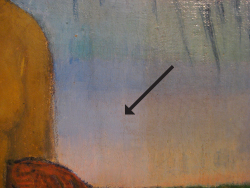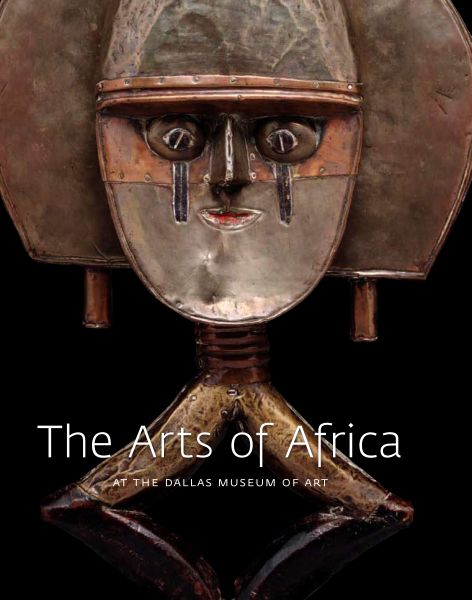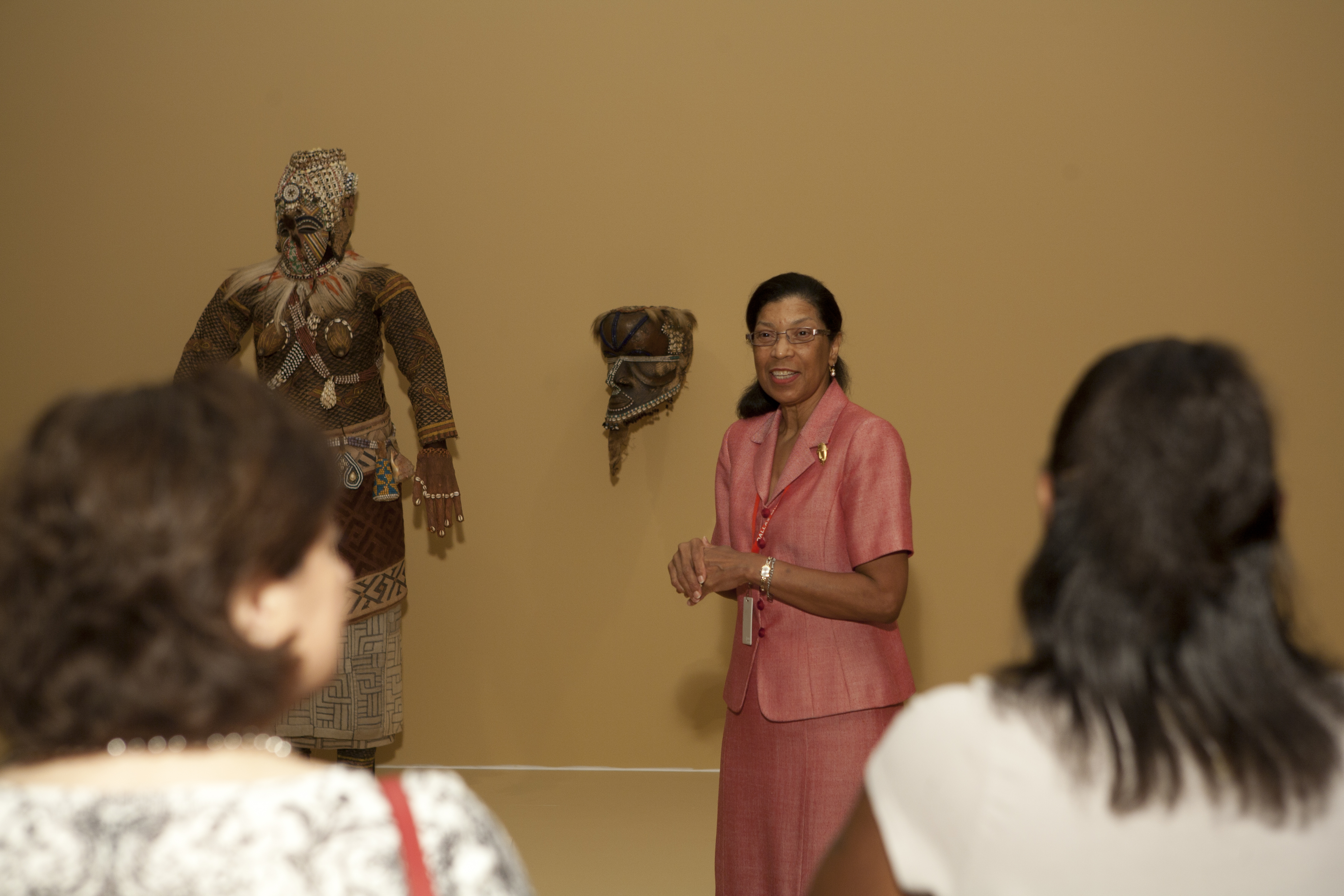
Dr. Roslyn A. Walker
It has been a busy summer here at the Dallas Museum of Art. One of our amazing curators, Dr. Roslyn A. Walker, took time out of her schedule to answer questions related to her job at the Museum. Read below for more information about Dr. Walker and her exciting exhibition that just opened – African Masks: The Art of Disguise.
Amy Wolf
Coordinator of Gallery Teaching
Name and Title: Roslyn A. Walker, Ph.D., Sr. Curator, The Arts of Africa, the Americas, and the Pacific/The Margaret McDermott Curator of African Art
Years Employed at the Dallas Museum of Art: I’ve worked at the DMA for six years, since the end of 2003.
Describe your job here at the Museum: A curator, by definition, is the specialist in a particular field of study whose job it is to do the research on the collection and provide information about it; select objects for acquisition, to “grow” the collection; interpret the collection through exhibitions; and over see the maintenance of the collection. I execute all these tasks.
What is your favorite part of your job? All of the above! I do love doing research and learning about the art form, i.e., when and who made it (name of the artist if possible or his “hand” or style through comparison with other works), why it was made, how it was used in the original cultural context, and its provenance.
What is a challenge you face in your job? I wish there were more hours in the day. I could use a course in time management. Buying art is a challenge because the price of highest quality of certain types of objects is beyond our means. We are fortunate to have a great collection that is representative of the major sculpture-producing peoples of sub-Saharan Africa.
How did you decide you wanted to work in a museum? I enjoyed going to museums on school fieldtrips and with my family. I loved viewing the works of art, but I was also curious about what went on behind the scenes. I chose a college – Hampton Institute (now Hampton University) which had a museum and was fortunate to work in that museum from freshman year through graduation. As I understood museum work at the time, I would have the opportunity to be a scholar, teacher, artist, registrar, exhibit designer, preparator – everything. This was a one director, one student assistant kind of museum!
If you weren’t working here at the Museum, what is something else you would be doing? I can’t imagine doing anything else. I think I would have been happy working at the Department of State, in one of the cultural offices.
Tell us about the exhibition you’ve been working on this summer. I’ve just opened African Masks: The Art of Disguise on Sunday, August 22nd. This exhibition presents approximately 70 objects which demonstrate the variety of masks types, sizes, styles, materials, and contexts in which the objects appear. Masks are worn in other ways than on the face and masks are only part of a costume that conceals wearer, from head to toe. The exhibition reveals the function, meaning and aesthetics of African masks. The masks “come to life” in performances recorded on film and in contextual photographs. I hope you will come to see this exhibition and that you will take along a smARTphone so you can learn more about masks, view videos, interviews, masquerades and more.
Visit www.DallasMuseumofArt.org/Education to learn more about the programs and resources for students and teachers related to this exhibition.

